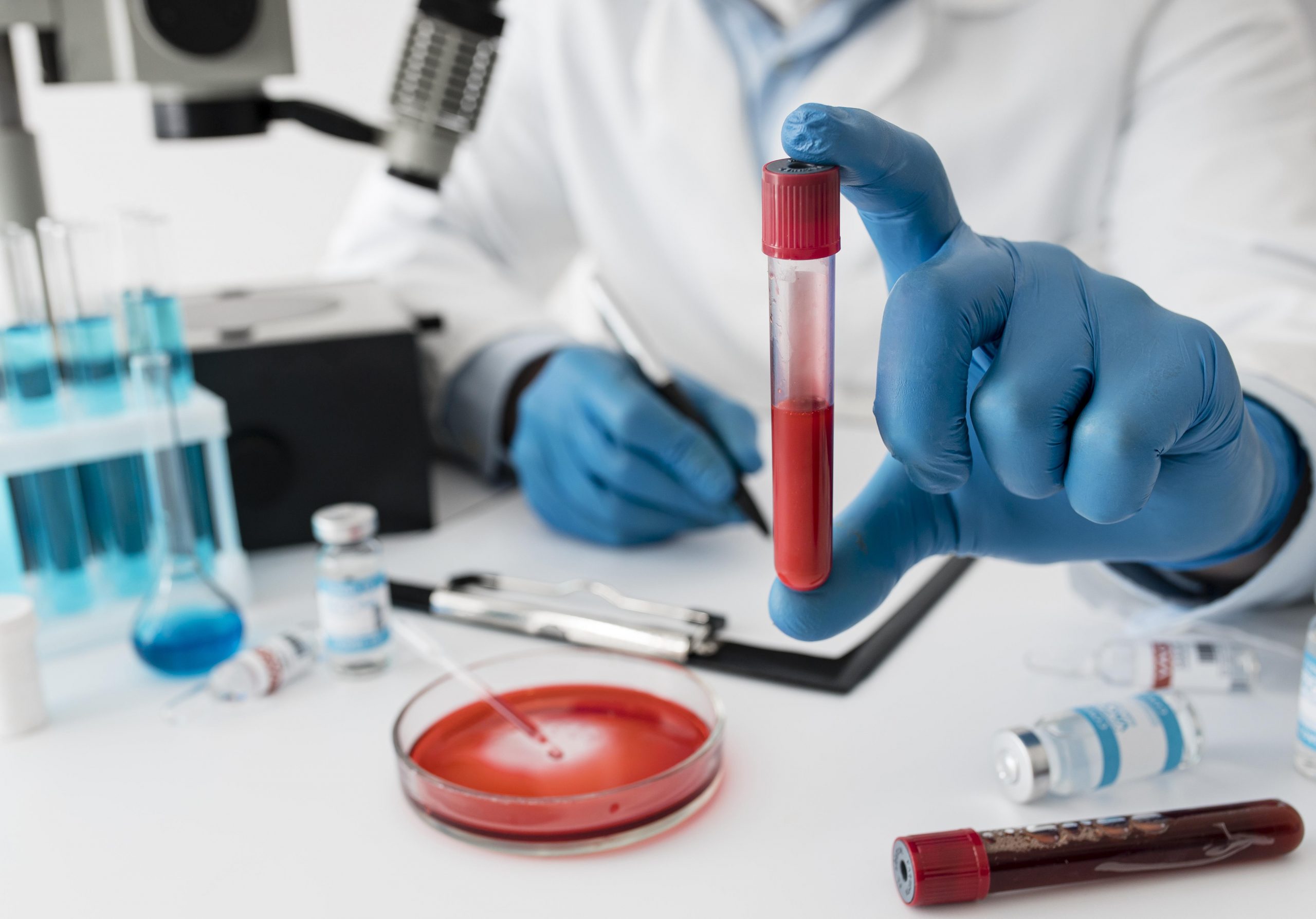

The sequencing of the human genome signaled the beginning of a medical revolution, but researchers soon discovered that a genetic blueprint alone cannot explain how the body functions. Understanding the proteome—all the proteins produced by our genes and constituting the cellular machinery responsible for carrying out the majority of bodily functions—was necessary to do that. The lipidome, which is a collection of all the lipids in our body, is now helping to fill in further gaps in our understanding of human physiology.
Triglycerides, cholesterol, hormones, and several vitamins are all included in the large category of tiny, fatty or oily molecules known as lipids. They comprise cell membranes, serve as cellular messengers, store energy, and perform crucial functions in fighting off infection and managing our metabolism in our bodies.
The majority of our genome is stable. Although our health and environment have an impact, our genes play a major role in determining what makes up our proteome. Contrarily, our lipidome is more pliable and perhaps more susceptible to therapies since it may be directly influenced by our diet and the microorganisms that reside in our gut. But it has been challenging to examine lipid molecules due to their abundance and diversity—there are at least hundreds of them.
“Lipids are very understudied,” said Michael Snyder, Ph.D., the Stanford W. Ascherman, MD, FACS Professor in Genetics. “They are involved in pretty much everything, but because they’re so heterogenous, and there are so many of them, we probably don’t know what most lipids really do.”
One of the first studies to examine the human lipidome in-depth and follow how it evolves in both healthy and pathological situations, notably in the onset of type 2 diabetes, is a recent work from Snyder’s team that was just published in Nature Metabolism.
Markers of health
Blood samples from more than 100 individuals, many of whom were at risk for diabetes, were provided every three months when they were healthy and every few days when they were ill. individuals were followed for up to nine years.
Researchers cataloged almost 800 lipids and their links to insulin resistance, viral infection, aging, and other conditions using mass spectrometry techniques, which divide substances by their molecular mass and electric charge.
Although each person’s lipidome has a unique signature that doesn’t vary over time, the researchers discovered that some lipid types changed predictably as a person’s health varied.
For instance, more than half of the lipids analyzed were linked to insulin resistance, which is a condition in which the body’s cells are unable to use insulin to absorb glucose from the blood and can result in type 2 diabetes. Although blood glucose levels can be used to identify insulin resistance, studying lipidome changes can shed light on the molecular mechanisms at play.
“Every molecule that is associated with a disease has a chance of telling us more about the mechanism and may be serving as a target for affecting the disease progression,” said Daniel Hornburg, Ph.D., a former post-doctoral scholar in Snyder’s lab and co-lead author of the study.
More than 200 lipids that change over the course of a respiratory viral infection were also discovered by the researchers. These lipids’ rising and falling levels may be a predictor of the course of the disease because they matched the body’s greater energy metabolism and inflammation during the early stages of infection. Insulin resistance was associated with several abnormalities in these immune responses to infection and a reduced response to immunization.
Both rapid and gradual aging
The participants’ varied ages (20 to 79) and the length of the study gave the researchers the opportunity to observe how the lipidome changes as people age. They discovered that while many lipids, including cholesterol, rise with age, just a few, notably omega-3 fatty acids, which are known to have health advantages, fall. Furthermore, not everyone experiences these lipidome aging markers at the same rate. For instance, insulin resistance appears to hasten them.
“It raises the interesting question of whether lipid profiles could predict whether an individual is biologically aging more quickly or more slowly,” said Si Wu, Ph.D., co-lead author of the study and another former postdoc in Snyder’s lab.
Another unexpected finding, according to Wu, was how frequently specific lipid lipid groups, such as ether-linked phosphatidylethanolamines, which are believed to be antioxidants and involved in cell signaling, were connected to greater health. They might potentially be taken as food supplements or candidates for novel health monitoring techniques.
Snyder’s lab will then pursue leads from this extensive study to investigate connections between particular lipids and alterations in way of life.
more recommended stories
 Fat-Regulating Enzyme Offers New Target for Obesity
Fat-Regulating Enzyme Offers New Target for ObesityKey Highlights (Quick Summary) Researchers identified.
 Spatial Computing Explains How Brain Organizes Cognition
Spatial Computing Explains How Brain Organizes CognitionKey Takeaways (Quick Summary) MIT researchers.
 Gestational Diabetes Risk Identified by Blood Metabolites
Gestational Diabetes Risk Identified by Blood MetabolitesKey Takeaways (Quick Summary for Clinicians).
 Phage Therapy Study Reveals RNA-Based Infection Control
Phage Therapy Study Reveals RNA-Based Infection ControlKey Takeaways (Quick Summary) Researchers uncovered.
 Pelvic Floor Disorders: Treatable Yet Often Ignored
Pelvic Floor Disorders: Treatable Yet Often IgnoredKey Takeaways (Quick Summary) Pelvic floor.
 Urine-Based microRNA Aging Clock Predicts Biological Age
Urine-Based microRNA Aging Clock Predicts Biological AgeKey Takeaways (Quick Summary) Researchers developed.
 Circadian Control of Neutrophils in Myocardial Infarction
Circadian Control of Neutrophils in Myocardial InfarctionKey Takeaways for HCPs Neutrophil activity.
 E-Cigarette Use and Heart Attack Risk in Former Smokers
E-Cigarette Use and Heart Attack Risk in Former SmokersKey Takeaways for Clinicians and Nurses.
 Ultramarathon Physiology: What HCPs Should Know?
Ultramarathon Physiology: What HCPs Should Know?Ultramarathon Metabolism: What Happens to the.
 High-Intensity Training and Oxidative Stress Insights
High-Intensity Training and Oxidative Stress InsightsNew Evidence Linking High-Intensity Training and.

Leave a Comment